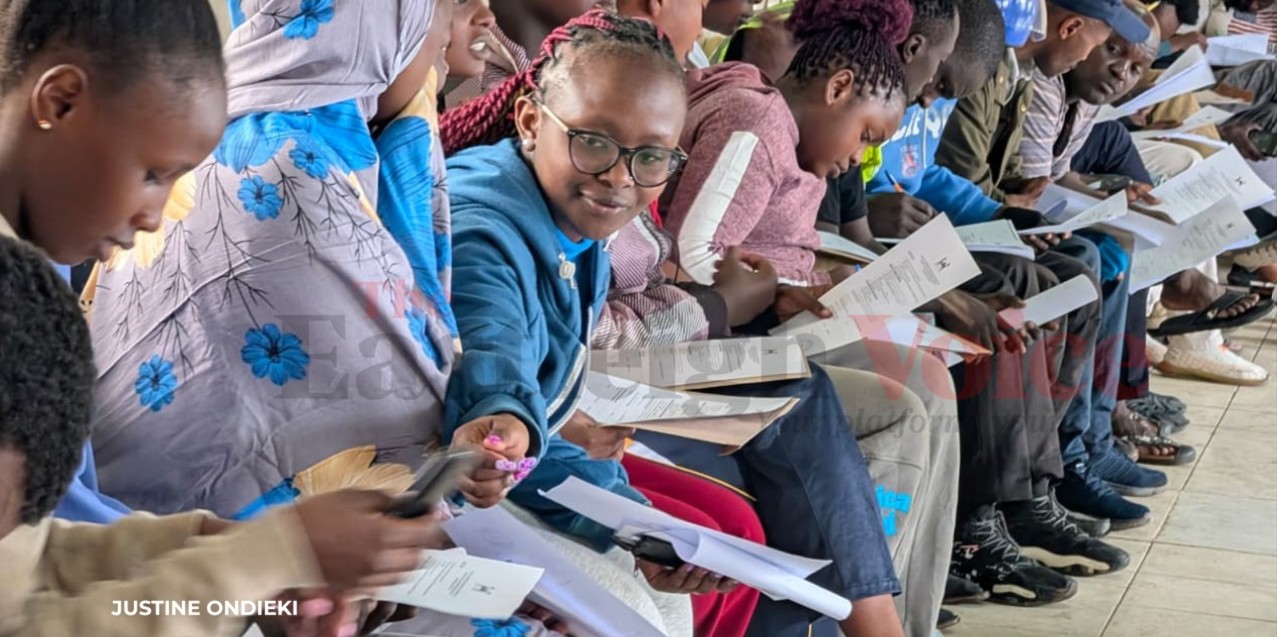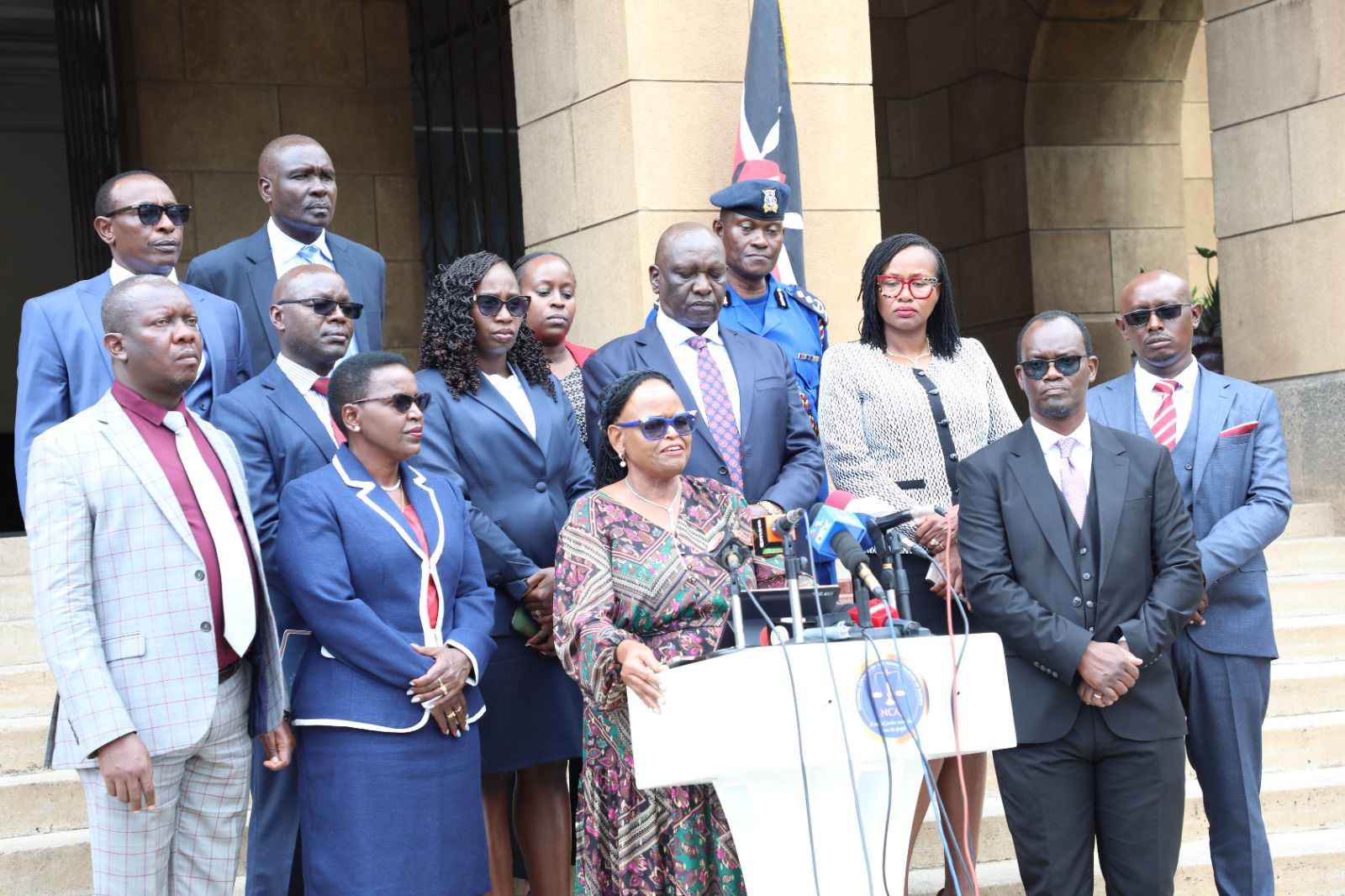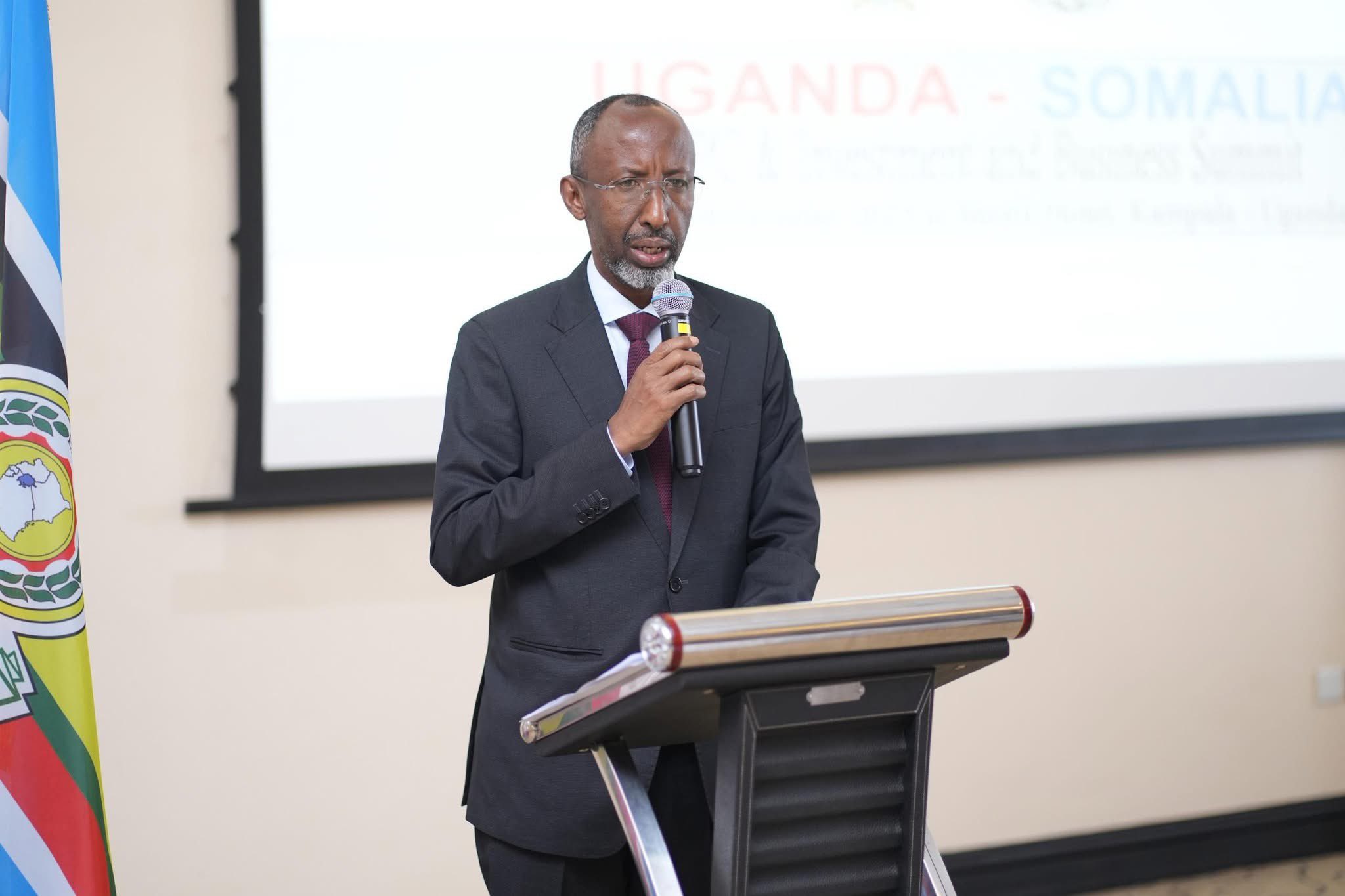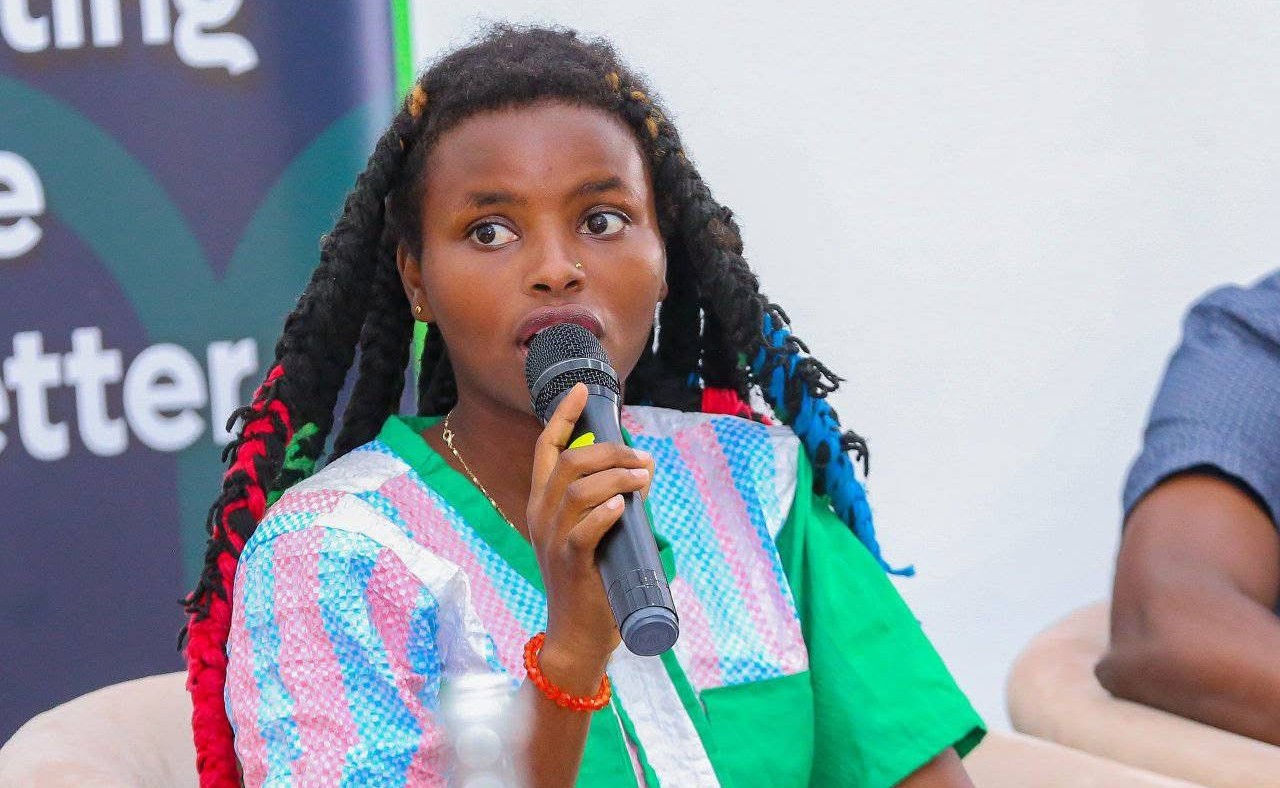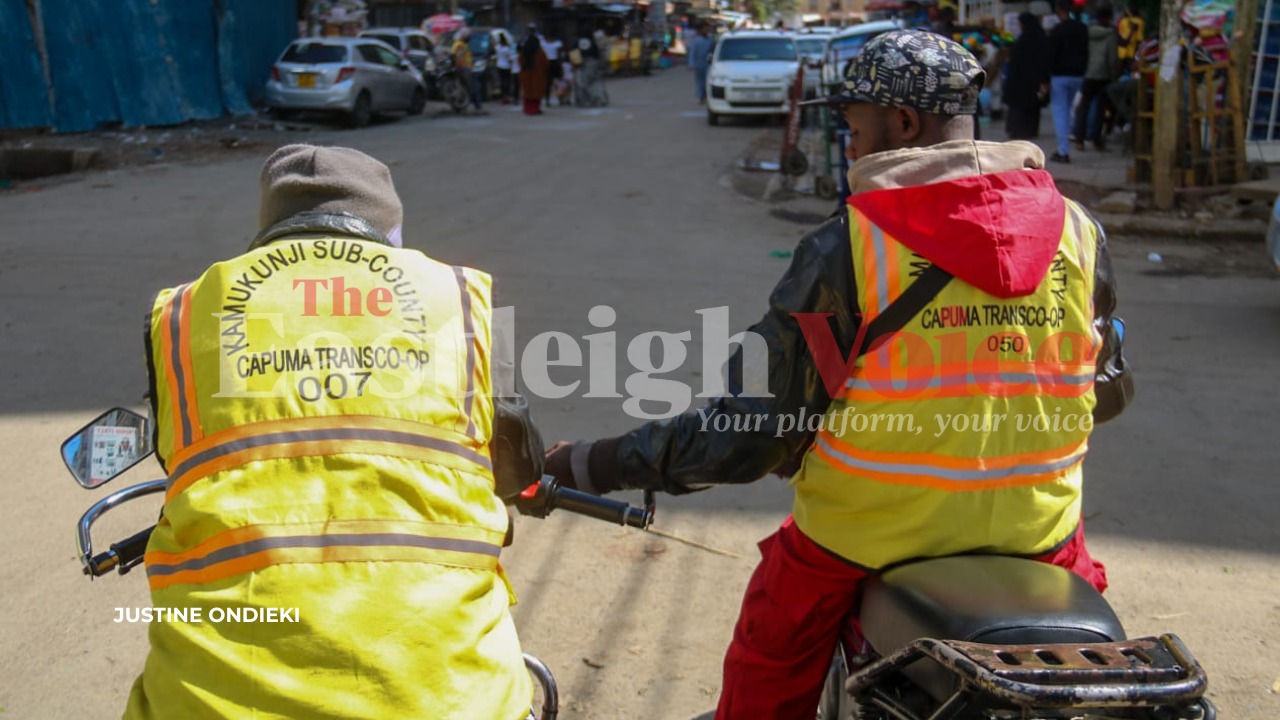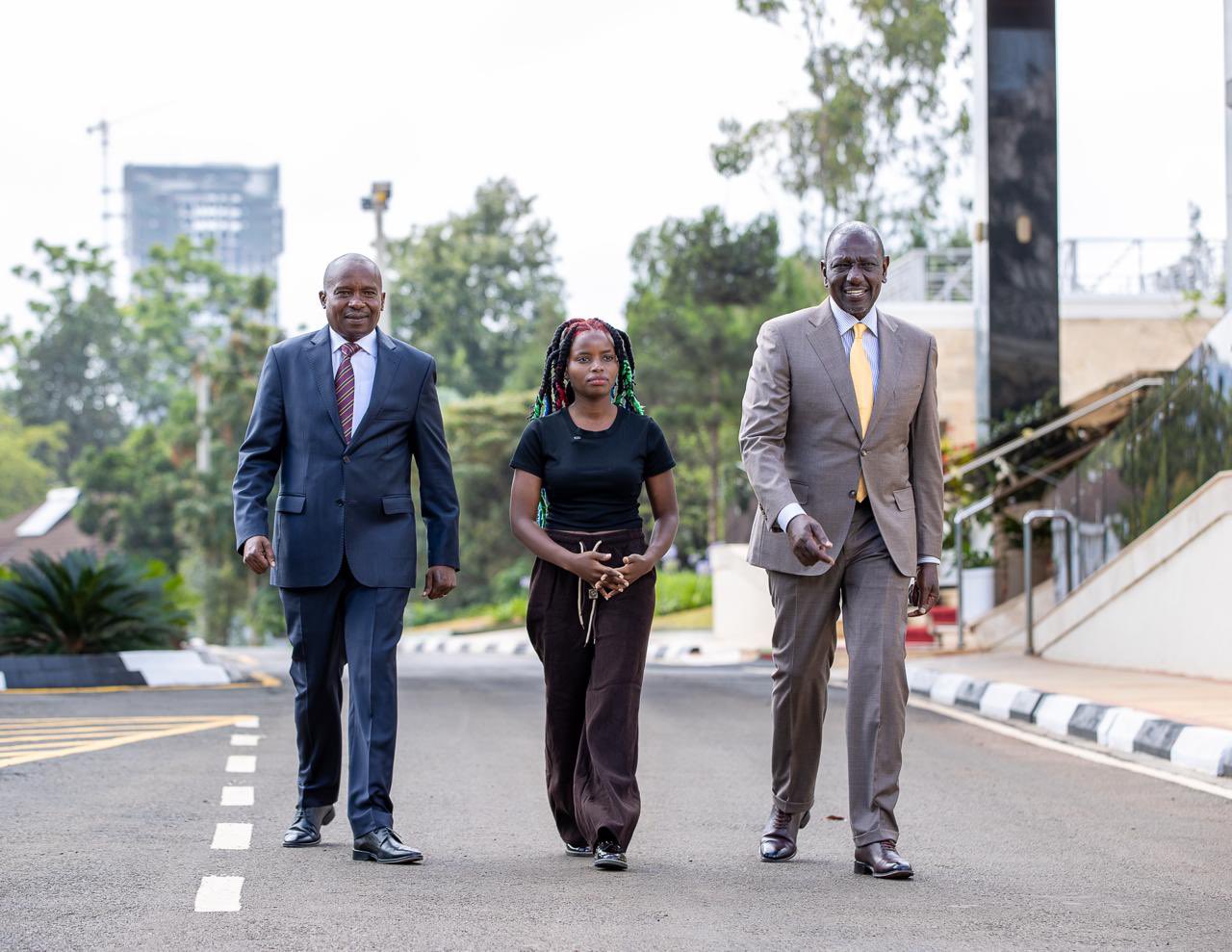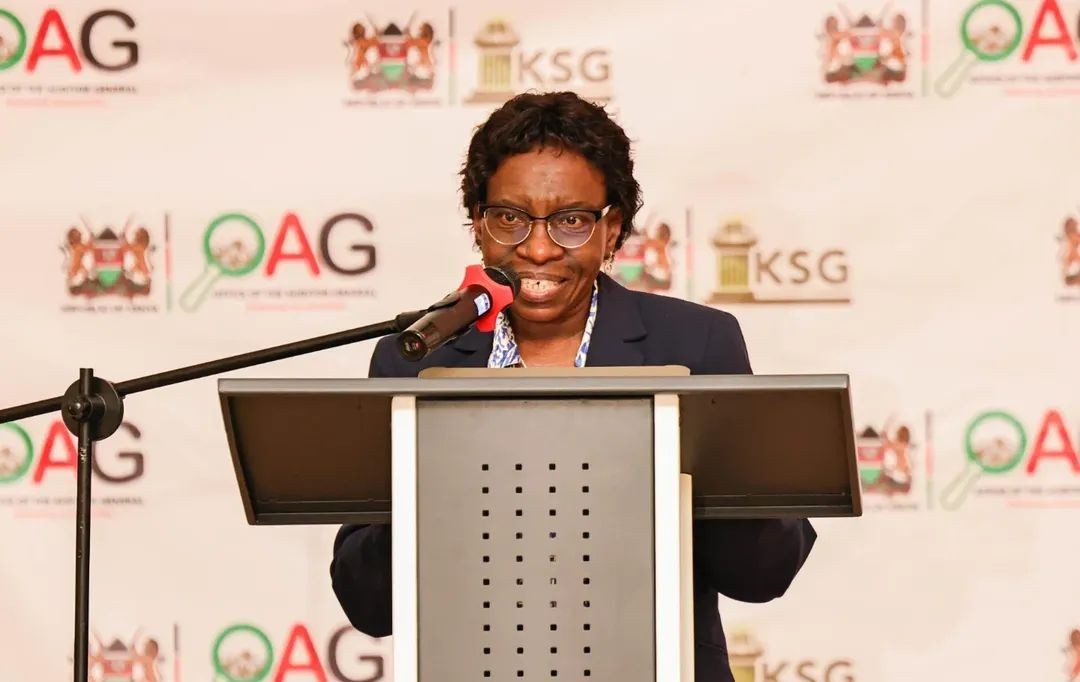New report unveils rampant sexual harassment in Kenyan media sector

The findings reveal that sexual harassment in Kenyan newsrooms is widespread, ranging from unwelcome advances and requests for sexual favours to offensive behaviour and the use of sexually explicit language.
A stunning report has exposed a troubling epidemic of sexual harassment in Kenya's media industry, with a staggering 60 per cent of media professionals, predominantly women, reporting harassment. Titled "Sexual Harassment in the Kenyan Media Landscape 2024," the study commissioned by the Association of Media Women in Kenya (AMWIK) sheds light on systemic gender disparities within the sector.
The report reveals a disturbing trend: existing policies are skewed in favour of male journalists, leaving female colleagues more vulnerable to harassment. Alarmingly, 64 per cent of respondents feel that current legislation fails to effectively deter or address such misconduct, underscoring critical deficiencies in legal protections.
More To Read
- Parliament urged to enforce two-thirds gender rule to boost women’s political representation
- IGAD launches new guide to boost media and civil society efforts in combating extremism
- IEBC proposes shared broadcast signal to restore trust in 2027 polls
- Kenya adopts new media code, ushering in stricter AI and child protection rules
- Media stakeholders urge MPs to fast-track approval of new media code of conduct 2025
- IEBC calls on media to help rebuild trust in electoral system
The report builds on previous research conducted by the World Association of News Publishers (WAN-IFRA) between 2020 and 2021, which identified Kenya as having the highest prevalence of sexual harassment among female journalists in the region, with 79 per cent experiencing verbal harassment.
Other types include physical and cyberspace sexual harassment
The data indicates that most female journalists who experienced harassment were between the ages of 18 and 35, with 54 per cent of journalists aged 25 to 35 reporting such incidents.
These figures suggest that younger journalists are particularly vulnerable, pointing to systemic issues within the media industry that need urgent addressing.
The report also highlights the vulnerability of female interns, with 40 per cent experiencing harassment, raising concerns about the lack of protection and mentorship for entry-level professionals.
“Interns are often eager to gain experience and establish themselves in the industry, making them susceptible to exploitation and harassment by their senior colleagues. This finding raises concerns about the lack of protection and mentorship available to young female journalists who are starting their careers. Sexual harassment experienced by interns can have profound implications for their career progression. When harassment goes unattended to, it may force victims to leave the industry prematurely, depriving newsrooms of fresh talent and diverse voices. Additionally, the fear of harassment can deter young women from pursuing journalism as a career, contributing to the under-representation of women in leadership positions in the industry,” the report stated.
The study engaged 240 participants, including journalists, academics, communicators, and other professionals, with 148 respondents being journalists. The methodology involved an online questionnaire and 25 Key Informant Interviews (KIIs), ensuring anonymity for all respondents to encourage candid participation.
The findings reveal that sexual harassment in Kenyan newsrooms is widespread, ranging from unwelcome advances and requests for sexual favours to offensive behaviour and the use of sexually explicit language.
Despite Kenya’s legal framework, which includes the Kenya Constitution, the Sexual Offences Act of 2006, and the Employment Act of 2007, the report finds a significant disconnect between the law and its implementation.
The report noted many victims face barriers when reporting incidents and seeking justice, often due to inadequate enforcement and lack of supportive mechanisms this gap underscores the need for stronger law enforcement and more robust policies to protect victims effectively.
“These incidents ranged from unwelcome advances and requests for sexual favours to offensive behaviour, and the use of sexually explicit language. This high prevalence is a stark reminder of the urgent need to address the issue within the media industry. Despite the existence of legal provisions to address sexual harassment in the workplace, there are significant gaps between the law and its implementation,” the report stated.
The report also highlights a troubling trend where existing policies appear to favour male journalists, offering them more protection against sexual harassment than their female counterparts.
The report stated this disparity is exacerbated by the patriarchal nature of many newsrooms, where those in positions of authority or influence often perpetuate harassment. Notably, 61 per cent of respondents indicated that a culture of entitlement among men significantly contributes to the high prevalence of sexual harassment.
The qualitative research, which included an extensive document review and an online survey, revealed that the fear of reporting and the burden of proof often favour male harassers and discourage female journalists from coming forward.
Approximately 71 per cent of respondents indicated knowing perpetrators who have not been held accountable, highlighting deficiencies in reporting mechanisms and victim protection.
A significant portion of the respondents, 46.8 per cent, indicated a lack of knowledge regarding safe reporting mechanisms, reflecting a need for better education and awareness about available resources.
“The fact that most victims of sexual harassment have not been able to attain justice, as male perpetrators continue to work in the newsroom, suggests there is an extensive form of media capture by patriarchal interests. In Kenya, media capture is notably influenced by deeply ingrained misogynistic norms and practices within society. For instance, some female journalists have reported being sexually harassed because of the way they dress at work, unlike their male counterparts who do not face similar dress code restrictions. Most newsrooms in Kenya do not have dress codes that protect female journalists.”
Furthermore, the report notes that over 50 per cent of male respondents believe that inappropriate behaviour by women contributes to harassment, compared to 37 per cent of women who share this view.
This significant patriarchal bias creates an unsafe environment for female journalists and reflects a broader issue of misogyny within the media landscape. The promotion of patriarchy influences editorial decisions and the portrayal of women in media, often leading to underreporting of gender-based violence and other critical issues.
The report calls for immediate action to combat sexual harassment in Kenyan newsrooms, including implementing media ethics workshops, and awareness campaigns, and creating a one-stop website for reporting and support.
Top Stories Today




